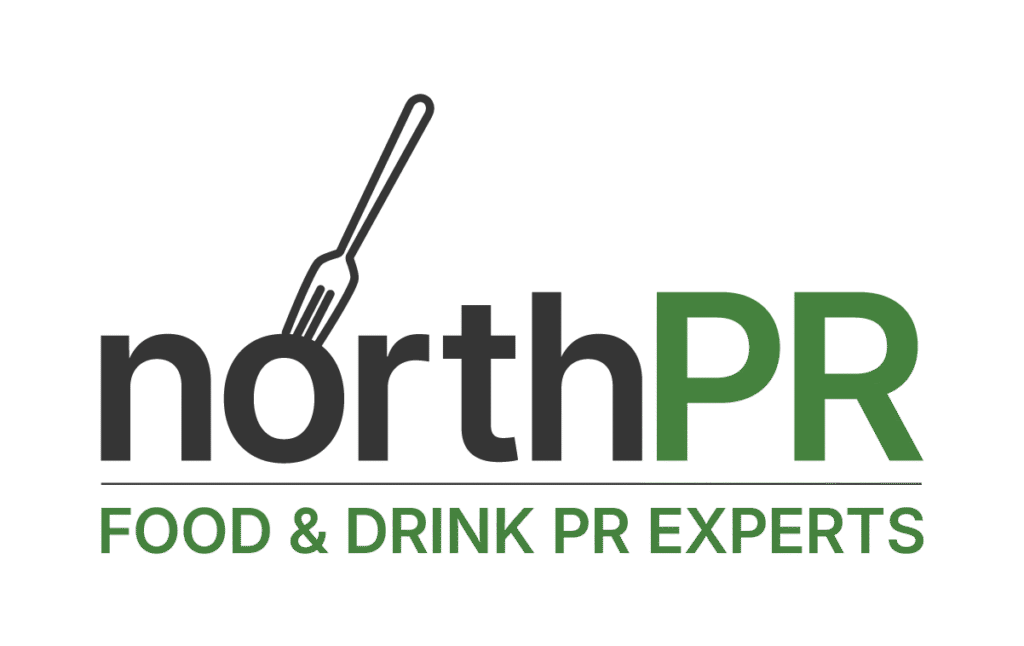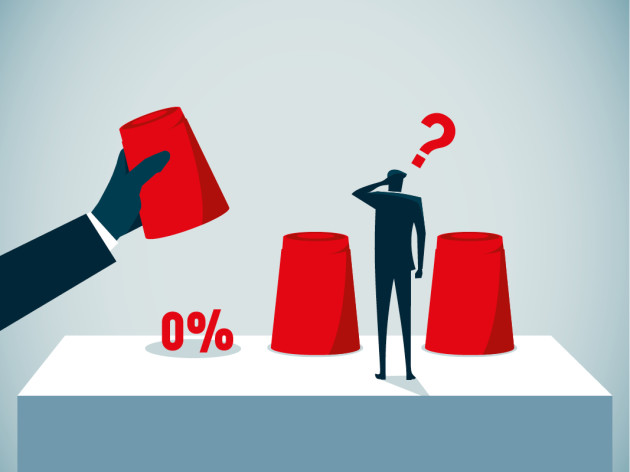In an extended soapbox this month, Vickie Rogerson, MD of specialist food and drink communications agency North PR and former head of food and BWS PR at Asda, makes the case for radically improved no and low alcohol labelling.
WE’RE IN THE middle of an abstinence renaissance. Consumers intent on ditching the booze in favour of no and low alcohol beer, cider, spirits and wine have seen sales in the category grow by 51% in the year to 21 February 2021, worth £217m (Kantar), though the true value is likely to be higher with the rise of ecommerce during the pandemic.
This massive shift in consumer drinking behaviour has resulted in an innovation explosion with new no and low alcohol drinks launching every day. Add to this the big drinks companies re-engineering their most popular alcoholic drinks into an alcohol-free variant, and we’ve got a very busy and overwhelming category.
The problem is that this boom has le behind a trail of confusion, which has unwittingly created a fragmented category where consumers don’t really understand what they’re buying.
A quick visit to the supermarket will reveal the mind-bending array of definitions and abvs that fall under the no and low umbrella. The term ‘alcohol-free’ is plastered over the vast majority of drinks with dizzying differences in abv including 0.5%, 0.05% and 0.0%, while marketing, which plays a big part in the promotion and labelling of these drinks, can be both a blessing and a curse. Brands like Stryk for example stray close to the line with its ‘Not G*n’ or ‘Not R*m’ tagline. There is also a new language evolving with phrases such as ‘alt-gin’, which could lead consumers to believe it was gin at one point in its journey.
↓
Laws on labelling
The UK Low Alcohol Descriptors Guidance, published in 2018 by the Department of Health, states the following: “Low alcohol is a drink which is 1.2% abv or below. Alcohol-free is a drink where the alcohol has been extracted and contains no more than 0.05% abv.”
In the EU, alcohol-free means drinks with 0.5% abv and below. The Department of Health is currently consulting on the descriptors with many in the industry calling for the UK’s to be brought in line with the EU’s own. This would provide consistency across markets and, it’s argued, be less confusing to consumers.
But in my experience, the craft alcohol-free producers that have developed their drinks to 0.05% or below have invariably invested a significant amount of money and expertise in this highly complex process. These brands are pioneering in the category and they would ultimately lose out if they can’t differentiate their drinks.
In a move to counteract confusion, the Wine & Spirit Trade Association (WSTA) updated its guidance in January this year to reflect the changing category and the evolution of the processes used to produce no and low alcohol drinks.
It aimed to “establish acceptable legal names, marketing text and general labelling requirements for no and low alcohol drinks”. For example, products that do not contain alcohol either as a defi ned spirit or neutral alcohol should not refer to either of these in their descriptive name.
But the problem remains that there is nearly zero enforcement of the rules. It’s guidance rather than law.
Some beer brands say they are alcohol-free on their labels when they are actually 0.5% abv, making them technically low alcohol. Brewdog is one of the main culprits with its Punk AF (0.5%). Clearly, ‘Punk Low Alcohol’ doesn’t have the same ring to it.
The Gin Guild recently broached a similar subject when it raised the issue of no and low alcohol spirit brands using the word ‘gin’ on their products when they don’t meet the criteria. Gin is a legally defi ned product that has a minimum alcohol content of 37.5%.
The WSTA has raised similar challenges on use of the word ‘spirit’ on non-alcoholic drinks where they haven’t been within sniffing distance of alcohol. This is confusing at best and misleading at worst.
↓
Does labelling matter?
Yes and no. Alcohol-free craft drinks brand Drynks Unlimited (which North PR represents) recently challenged the industry by arguing that alcohol-free should mean alcohol-free. It believes that all alcohol-free drinks should go through a brewing, fermentation or distilling process so consumers can trust that the product has been crafted using time-honoured methods and started life as a real alcoholic drink.
The way an alcohol-free drink is produced is important because it ultimately impacts on the abv and therefore the labelling.
There are three ways to produce a no or low-alcohol drink: reverse osmosis, stunted fermentation or vacuum distillation. The first two methods get a drink to 0.5% and above and invariably require flavour to be added back into the drink at some point. Vacuum distillation is a more complex process, but can take a drink to 0.05% and below without damaging the original liquid.
Wine is a good example of the varying techniques and confusing labelling. Reverse osmosis can get a full-strength wine down to 0.5% while retaining some of the characteristics of the original wine. However, labelling of some no and low alcohol wines can be clumsy and not consumer friendly. Descriptions such as ‘alcohol removed Merlots’ at 0.5%, which should be labelled ‘low-alcohol wine’ and ‘carbonated flavoured drink based on a dealcoholised wine’, doesn’t make much sense to anyone.
Drynks Unlimited’s challenge raises an important point about the way no and low alcohol drinks are manufactured and produced. It feels like some brands are purposefully vague about how they’re made.
The process of removing alcohol from a fully alcoholic drink used to be pre y brutal, leaving behind a whole generation of drinkers who still have nightmares about grimacing their way through Kaliber alcohol-free beer. But technology and innovation have moved on since then. A whole new generation of specialist alcohol-free brewers and distillers are emerging. They need to be protected and the law needs to be clear.
Maybe the labelling of the whole no and low category needs a brand refresh. There are valid arguments for updating it in the way vegan food has been reclaimed with its plant-based title. Would we call it the ‘mindful drinking category’ or ‘alt-drinks’?
Ultimately, it’s clear that a line in the sand needs to be drawn in order to simplify labelling, talk more about the processes, and celebrate craft innovation and quality. Consumers have a thirst for knowledge. They want to know what they are drinking and more so, they have a right to clear labelling. Let’s quench the thirst and celebrate the time, effort, craft and pioneering processes that go into producing a quality mindful drink.

